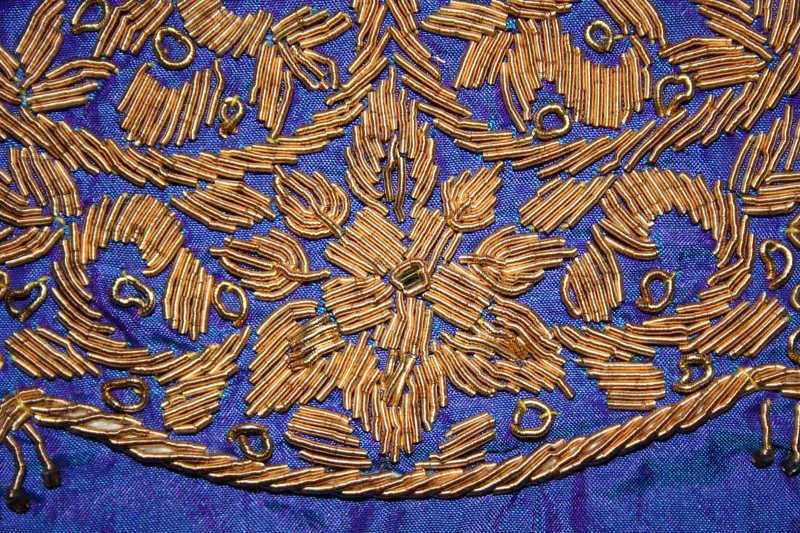===
0711,
6
===

=== |
 |
FWP:
SETS
MOTIFS == EYES; GAZE; MIRROR
NAMES
TERMSThe lover assumes that the beloved will want to look at the mirror; he doesn't quarrel with that. She's vain, and also luxury-loving, and the mirror not only enables her to enjoy and enhance her beauty, but also may reflect the light and provide a glitter and gleam like that of a jewel. Though mirrors in the ghazal world are usually made of metal, glass ones are not unknown (see {120,2} for an example). In this verse, a glass mirror makes for much richer imagery, since glass can be imagined as glittering in a much more diamond-like way. A fortunate mirror that reflected the beloved's radiance would no doubt be dazzling indeed.
The beloved should also just spare an occasional glance for the lover's eye. Not of course out of affection, but because it offers a spectacle-- it glitters richly and enticingly, like a diamond. The lover isn't proud-- if it takes such meretricious appeal to get even a bit of her attention, he's more than ready to make use of it.
Why does the lover's 'amazed eye' glitter like a diamond? I wasn't quite sure. SRF was kind enough to provide (June 2011) further explication:
When you are ḥairān , you become silent, absorbed. You don't speak, don't move. These are also the qualities of the mirror. It doesn't move, it doesn't say a word. It just stays there. So the mirror is ḥairān . and the mirror is also bright (it has āb , so it's bright in both senses.) Now the more ḥairān the mirror, the more silent it will be. And the more clear the mirror (for better reflection), the more ḥairān it wil be. We know that the eye is a mirror. So it's always ḥairān to some extent. Now when it falls upon the beloved's face, it becomes even more ḥairān . So if the mirror is bright in its original state, now it is even more ḥairān because the beloved is reflected in it. So the eye-mirror becomes brighter. So what is brighter than a mirror? A diamond, obviously.